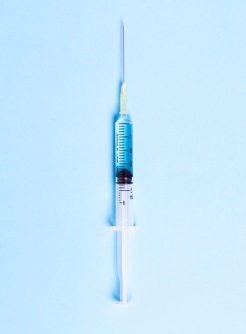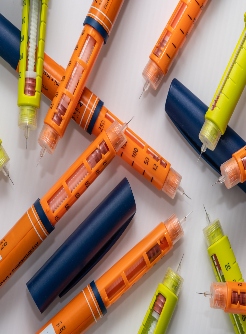GRADE: Glargine, Liraglutide Significantly Decrease Glycated Hemoglobin When Combined with Metformin
The insulin reducing medications glargine, glimepiride, liraglutide, and sitagliptin decreased glycated hemoglobin among patients with type 2 diabetes when combined with metformin, according to a recent study published in the New England Journal of Medicine.
Glargine and liraglutide are significantly more effective in achieving and maintaining target glycated hemoglobin levels. While metformin is the primary medication used to manage glycemia, a secondary glucose-lowering treatment is often needed. However, the comparative effectiveness of available treatments is unclear.
The researchers enrolled 5,047 patients with type 2 diabetes with less than 10 years’ duration who were receiving metformin and had glycated hemoglobin levels of 6.8-8.5% to compare the effectiveness of four commonly used glucose-lowering medications.
Patients were randomized to receive insulin glargine U-100, the sulfonylurea glimepiride, the glucagon-like peptide-1 receptor agonist liraglutide, or sitagliptin—a dipeptidyl peptidase 4 inhibitor. Study patients were followed for a mean of 5 years.
The primary metabolic outcome of the study was a glycated hemoglobin level, measured quarterly, of 7% or higher that was subsequently confirmed. The secondary metabolic outcome was a confirmed glycated hemoglobin level greater than 7.5%.
The cumulative incidence of a glycated hemoglobin level of 7% or higher was significantly different among the four groups (P < .001 for a global test of differences across groups). The rates with glargine (26.5 per 100 participant-years) and liraglutide (26.1) were similar and lower than those with glimepiride (30.4) and sitagliptin (38.1). The differences among the groups with respect to a glycated hemoglobin level greater than 7.5% were similar to those of the primary outcome.
The researchers found that there were no material differences with respect to the primary outcome across prespecified subgroups defined according to sex, age, or race or ethnic group. However, among participants with higher baseline glycated hemoglobin levels, there appeared to be an even greater benefit with glargine, liraglutide, and glimepiride than with sitagliptin.
While severe hypoglycemia was rare, it was more frequent among patients treated with glimepiride (2.2%) than with glargine (1.3%), liraglutide (1%), or sitagliptin (0.7%). The rate of gastrointestinal events and weight loss were more common among patients who received liraglutide.
Although the researchers highlight a need for more effective interventions for long-term control of glycemia in patients with type 2 diabetes, the results of the trial highlight the difficulty in achieving and maintaining recommended glycated hemoglobin levels in participants with type 2 diabetes.
“Our trial presents a clear and objective comparison of the advantages and disadvantages of four commonly used glucose-lowering medications, added to metformin, and these findings should help guide the choice of medications used in the treatment of type 2 diabetes. These results can form the basis of shared decision making between providers and patients in selecting the medication to add to metformin.”
- David M. Nathan, MD, Massachusetts General Hospital Diabetes Center, Harvard Medical School.
--
Reference:
Disclosures: Some authors declared financial ties to drugmakers. See full study for details.
By Dave Quaile, MD /alert Contributor
Photo Credit: Getty Images.




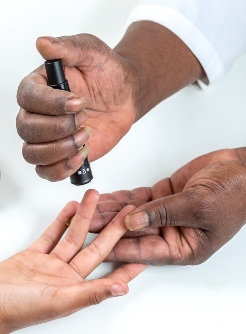



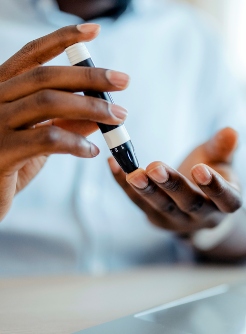

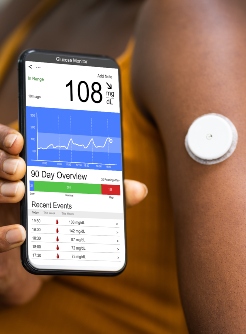











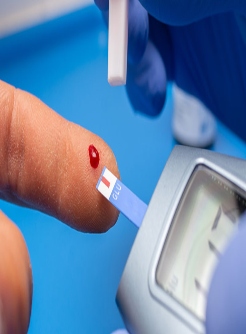



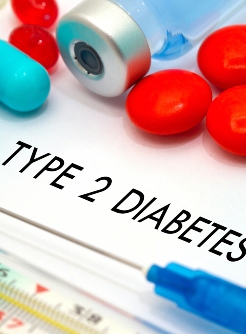



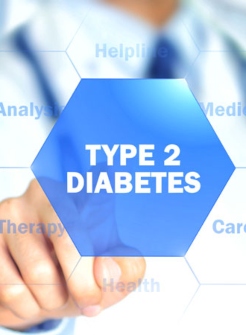
.jpg)
.jpg)

